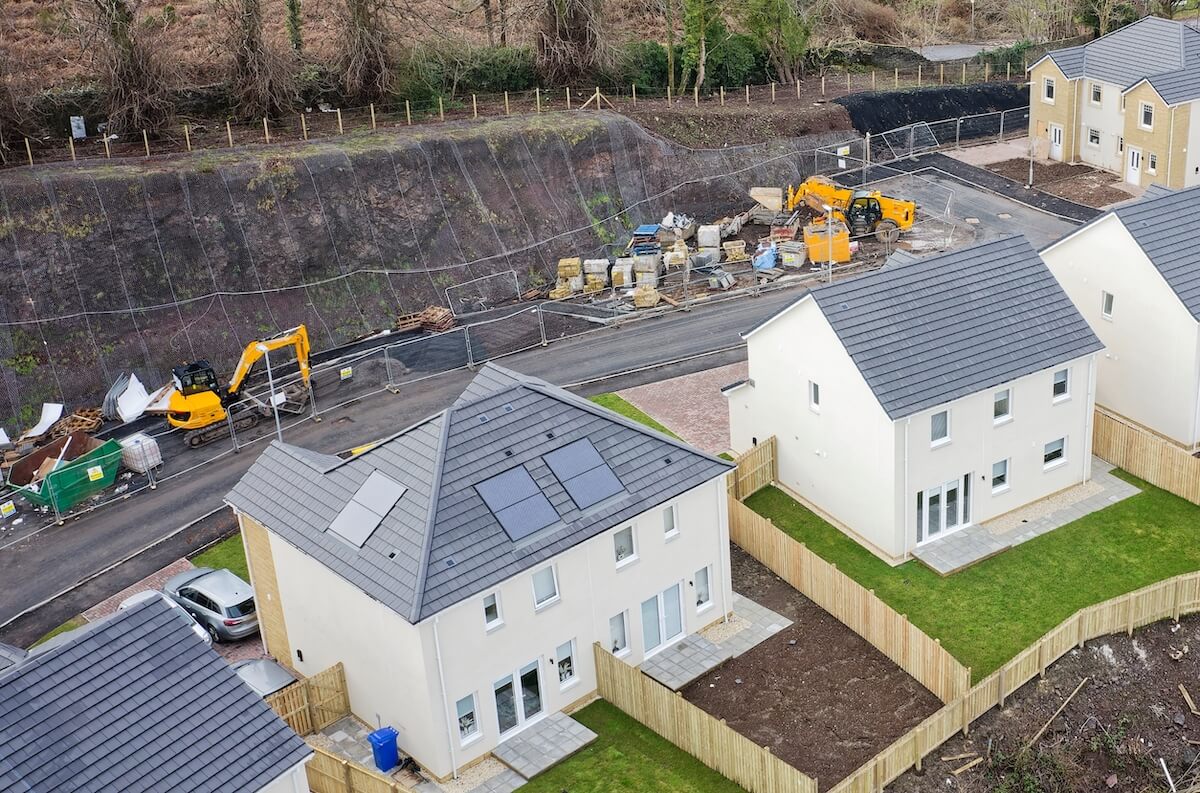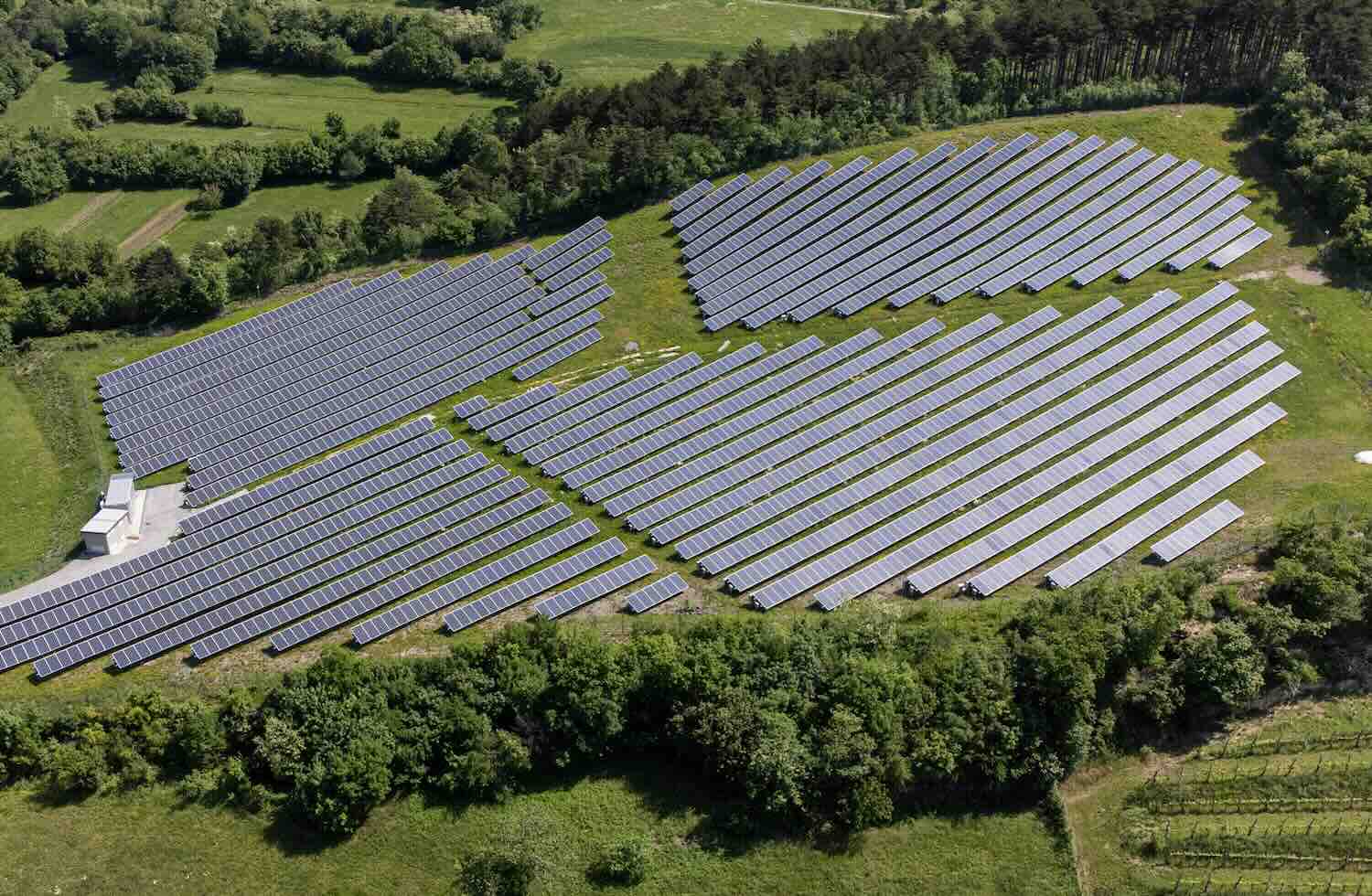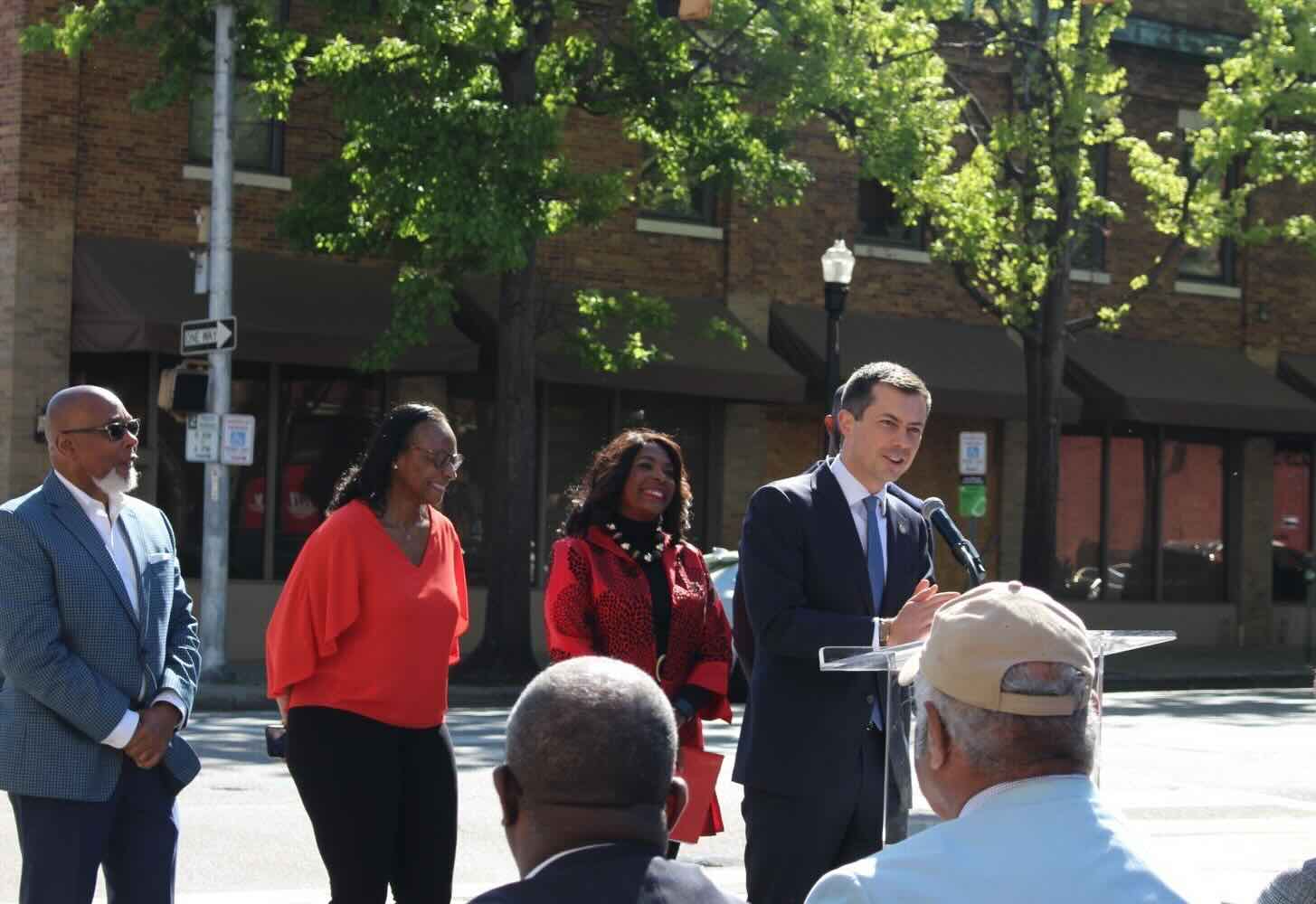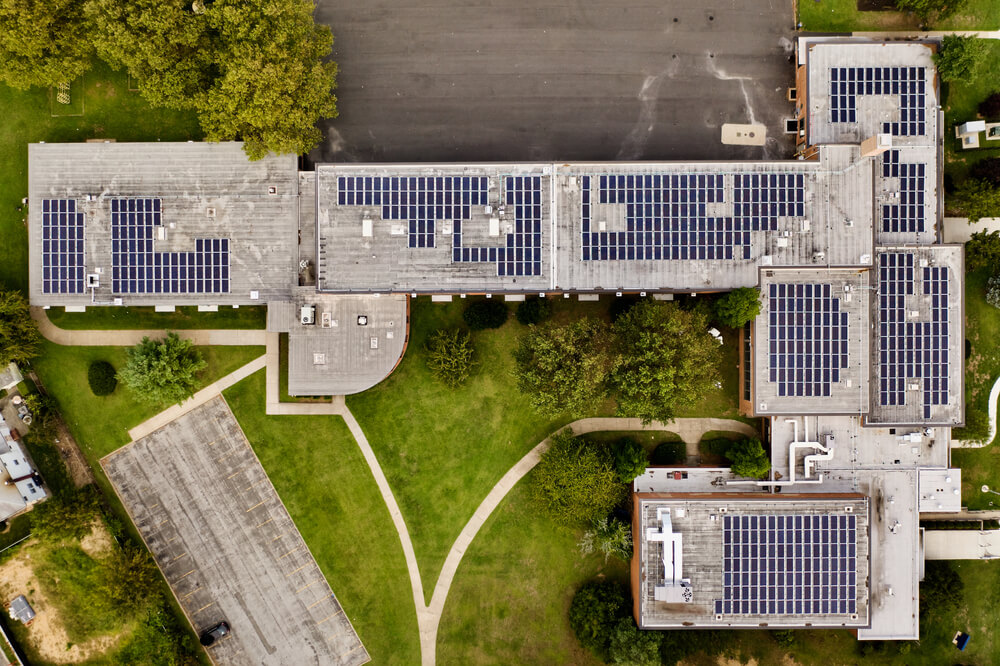The federal government has thrown its weight behind a transformative policy agenda aimed at revamping every nook and cranny of our energy economy, from building new power plants to electrifying households, impacting both corporate giants and everyday commuters. It envisions a distributed landscape where green/clean technology is more resilient as it is ingrained in all aspects and income-levels of our communities – making this country independent and sustainable for future generations.
Central to this agenda is the historic $27 billion Greenhouse Gas Reduction Fund (GGRF), which is more than just a large figure, it creates a new network of stakeholders that to succeed must work together to deploy new programs that will curb pollutants in the atmosphere that starts with low-income and disadvantaged communities. What completes the package from a financial perspective is that this is much more than a grant program or subsidized approach – it is a new green financial infrastructure for the country.
Similar to any other public initiative, this undertaking comes with implementation risks that, if left unaddressed, could result in less-than-optimal outcomes. We firmly advocate for transparent discussions surrounding the challenges and intricacies involved, as this represents a crucial stride towards minimizing the probability of programmatic failures.
Among many complexities, adoption of market-enabling standards will be central to the success of GGRF. Establishing clear guidelines and transparency in project selection criteria will boost investor confidence, while enabling measurable impact.
Drawing inspiration from historical legislation like the Trust Indenture Act of 1939 can provide valuable insights into creating a framework for GGRF-related practices.
Standards and streamlining
Transformational finance to the likes of what the EPA expects needs a system within which all stakeholders participate. At this juncture in May of 2024, this system does not exist. City First Enterprises (CFE), with our partners, are looking at history for practical solutions. The Trust Indenture Act (TIA) of 1939 remains a cornerstone of the American economy and was the landmark legislation that directly and indirectly established a critical framework from which modern mortgage systems worldwide are founded. It is in this bill where core concepts can be borrowed to create the new context for GGRF-related practices.
Prior to the 1930s, the American mortgage system was fraught with risk and instability with limited government engagement. Lenders often operated with minimal oversight, leading to unfair terms and practices for borrowers. The Great Depression exposed these flaws and highlighted the need for reform. During this time, the concept of homeownership as a bridge to economic stability and growth for the country was founded and a role for the federal government was desirable. While the way this was expanded in later years grew the process of redlining in this country, there is immense value from the TIA approach. As is needed now, the TIA created a marketplace and set the rules for how to participate in the market. Takeaways from the legislation with implications for GGRF application:
Standardization and transparency: The TIA mandated clear and standardized indentures for mortgage-backed securities (MBS). This transparency instilled confidence from investors and reliable consistency that would be massively beneficial to GGRF.
- For GGRF: establish clear guidelines for project selection criterion, term sheet parameters, shared credit notes and impact measurements for an established taxonomy of eligible projects and programs.
Increased investor confidence: Similar to the Community Development Finance Institution (CDFI) designation where stakeholders and partners know that a CDFI is engaging in certain activities that focus on those more in need, the TIA’s standardized process of bond issuance increased investor engagement.
- For GGRF: eventually investors in GGRF-related securitizations will benefit from transparency but at this stage, the mere fact that these loans are occurring within the auspice of GGRF’s “standards” (if they are built) will support more private dollar engagement at this early, more origination-focused stage. Creating an inclusive standard for all entities participating in GGRF will broadly increase investor confidence and interest in “crowding in.”
Efficiency: TIA streamlined the mortgage issuance process.
- For GGRF: Recipients with streamlined applications for loans would make for a much clearer timeline on deployment. The EPA has asked for fast deployment with these funds and a streamlined process would be supportive of a faster allocation of capital. Having clear applications and schedules for turnarounds on a variety of loan structures, cash-like facilities with identified partners in various fields and sharing technical assistance resources will increase loans to market times.
Impact alignment: The TIA was focused on investor protection, but it ended up contributing to what is an extremely efficient and generally trusted system to support home ownership.
- For GGRF: standards could be applied for recipients to use that would go beyond just site selection etc. but the monitoring and evaluation of projects to align with impact goals. Eventually, a CFE green portfolio would have a clear and measurable impact assessment for the public to review. Public impact reports on various green portfolios are an eventual goal, possibly produced by an independent entity.
Role of a third-party: The role of a disinterested trustee to represent bond holders interest was novel at the time of this legislation and is a bedrock to the loan process in nearly every sector in this county.
- For GGRF: awardees could explore the possibility of an independent body to oversee distribution and monitor funds in various ways. This would add a layer of transparency and accountability.
These are some ways to think about standards around the entire life cycle of GGRF. At this juncture, though, a focus on creating consistency in underwriting practices, sharing technology and government capacity building are critical to get started on the right foot.
Proceeding with caution
Translating standards into environmental equity must be done with intentionality. Rather than a mere technocratic initiative, this program is a small piece of a larger industrial policy shift and a response to a specific political moment in America. Its goals are intentional in that it aims to boost clean energy adoption while making sure its benefits touch disadvantaged communities. Success or failure will therefore hinge on our collective ability to support communities most in need. Not only is this relevant from the inequity reality in this country, but the research and data supports that the best way to affect climate change is focusing on the hardest hit.
That said, when it comes to the focus on low-income and underserved parts of our nation, the ‘standards’ argument, while still relevant, deserves to be nuanced. While TIA built the modern mortgage market for the world, the history of redlining flourished under its umbrella.
The biggest threat to the equity component is the challenge that faces most large federal grant programs: better equipped communities tend to win more grants over the long run from the federal government. This is the reality of inequity at its core where poor places simply don’t have the infrastructure to aptly apply for support compared to wealthier areas. GGRF’s focus on frontline communities and moving away from a grants-only formula should negate this issue.
As such, when it comes to the equity component, standards need to be taken with caution. The financial infrastructure in this country that focuses on scale and commoditization has historically diminished our frontline communities. We should not forget that redlining in this country was an intentional policy by many to safeguard the then commonplace realities of a segregated society with economic inequalities that came with that.
Collaboration and leadership
The biggest threat to success now is that the hundreds of awardees and sub-awardees that make up the GGRF aren’t on the same page. If not same page, at least in the same part of the library, to extend the metaphor. Not only are there many actors, but the scope of the Fund touches on many industries wherein expertise and needs differ greatly.
Green banks, state-sponsored finance authorities, CDFIs, local government energy offices and private capital in varying forms must figure out a way to work together or the trillions of potential impact will not be realized. To make dollars grow, the constructs will include public-private partnerships, new revolving-funds and eventual securitizations. None of this happens without a common language within which to operate.
School is out and it is time to hit the grindstone. July 1st is around the corner as is November 5th. The urgency to address climate change will continue to intensify and the adaptation of guardrails around GGRF projects must happen now.
Oswaldo Acosta serves as the CEO of City First Enterprises and is a board member of the Coalition for Green Capital. The opinions expressed in this article are solely his own and do not necessarily represent the viewpoints of his colleagues within any of the organizations he is part of.











